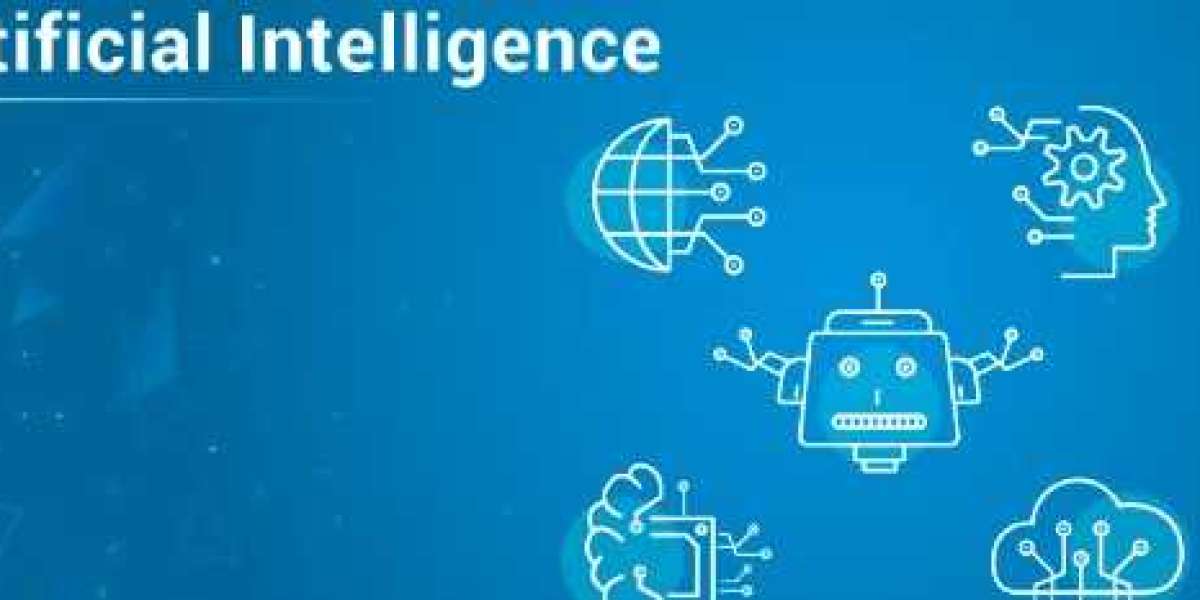Word embeddings are a fundamental and powerful technique in the field of Artificial Intelligence, particularly in the realm of Natural Language Processing (NLP). They have revolutionized the way AI systems understand and process human language, enabling significant advancements in various NLP tasks. The primary purpose of word embeddings is to represent words as continuous, dense vectors in a high-dimensional space, where words with similar meanings or contexts are located closer together. This distributional hypothesis suggests that words appearing in similar contexts are likely to have similar meanings.
In traditional NLP approaches, words were represented using one-hot vectors, where each word was uniquely identified by a binary vector with a 1 at the word's index in the vocabulary and zeros elsewhere. However, one-hot vectors have several limitations. Firstly, they lead to high-dimensional and sparse representations since the vocabulary size can be extensive. Secondly, one-hot vectors fail to capture semantic relationships between words, as each word is treated as independent and unrelated.
Word embeddings address these limitations by transforming words into continuous vector representations. These embeddings are learned from large amounts of text data using neural network-based methods, such as Word2Vec, GloVe, or FastText. These techniques use context windows or co-occurrence statistics to capture the relationships between words. By analyzing the words that appear in similar contexts, these models learn to map words into a vector space where semantically similar words are positioned closer together. Apart from it by obtaining an Artificial Intelligence Certification, you can advance your career in Artificial Intelligence. With this course, you can demonstrate your expertise in the basics of implementing popular algorithms like CNN, RCNN, RNN, LSTM, and RBM using the latest TensorFlow 2.0 package in Python, many more fundamental concepts.
The learned word embeddings have several remarkable properties. Firstly, they encode semantic and syntactic relationships between words, allowing AI models to understand language more effectively. For instance, word embeddings can capture analogies like "king - man + woman = queen" or semantic similarities like "cat" and "dog" being closer in the vector space than "cat" and "tree." Secondly, word embeddings provide a more compact and efficient representation of words, reducing the dimensionality and sparsity compared to one-hot vectors. This enables AI models to process language more efficiently and with better generalization capabilities.
Word embeddings have had a profound impact on various NLP tasks. They have significantly improved the performance of sentiment analysis, language translation, information retrieval, named entity recognition, document clustering, and many other tasks. Moreover, word embeddings are a crucial component of pre-trained language models like BERT (Bidirectional Encoder Representations from Transformers) and GPT (Generative Pre-trained Transformer), which have achieved state-of-the-art results in a wide range of NLP benchmarks.
In conclusion, word embeddings are a cornerstone of modern AI-powered NLP systems. They facilitate the representation of words in a meaningful and continuous vector space, enabling AI models to understand the underlying semantics and relationships in natural language. With their ability to capture word context and semantic meaning, word embeddings have become an indispensable tool for building advanced and accurate NLP applications, advancing the state of the art in language understanding and processing in the realm of Artificial Intelligence.








